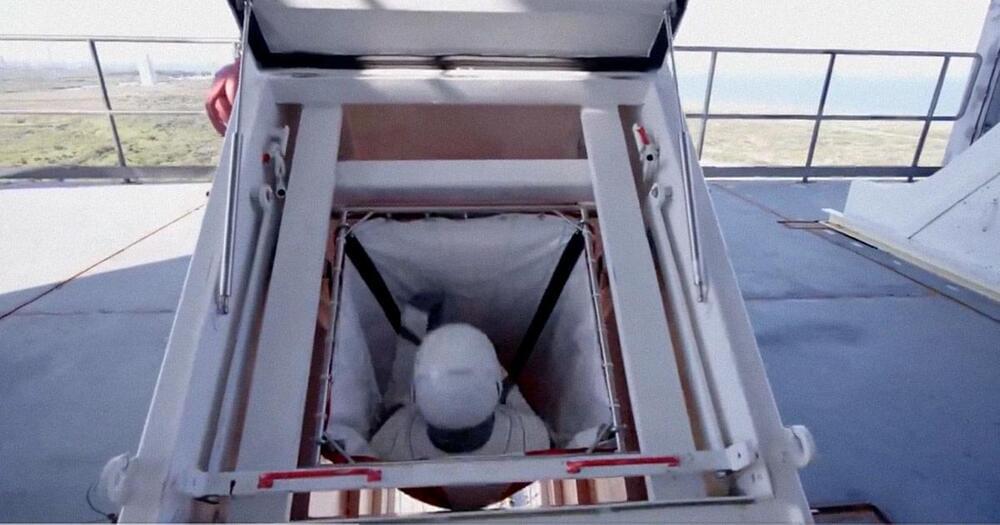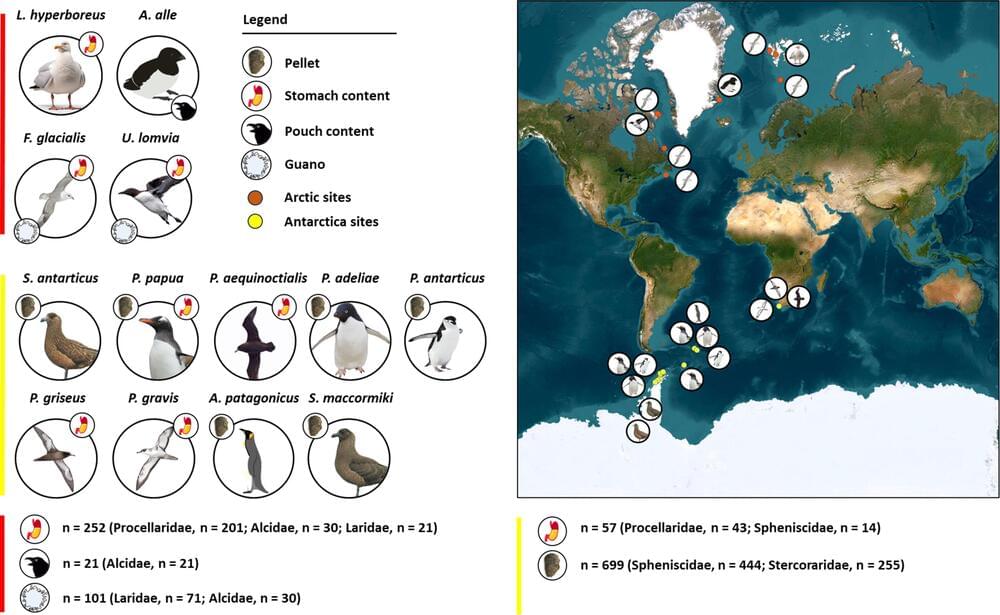While researchers have encountered major headwinds in turning the Hyperloop into a reality, the European Hyperloop Center is still hoping to open the first functional tube by the end of the decade.
The nonprofit foundation has opened a new quarter-mile test tube made out of white steel segments, running alongside a railroad track in the northern Netherlands. It even includes a lane switch that splits the tube into two, an early experiment that could eventually inspire a way to connect a network of tubes.
The concept, as dreamed up by Tesla CEO Elon Musk over a decade ago, involves ferrying passengers and cargo through low-pressure tubes at roughly twice the speed of high speed rail, greatly cutting down the time to travel between cities.







